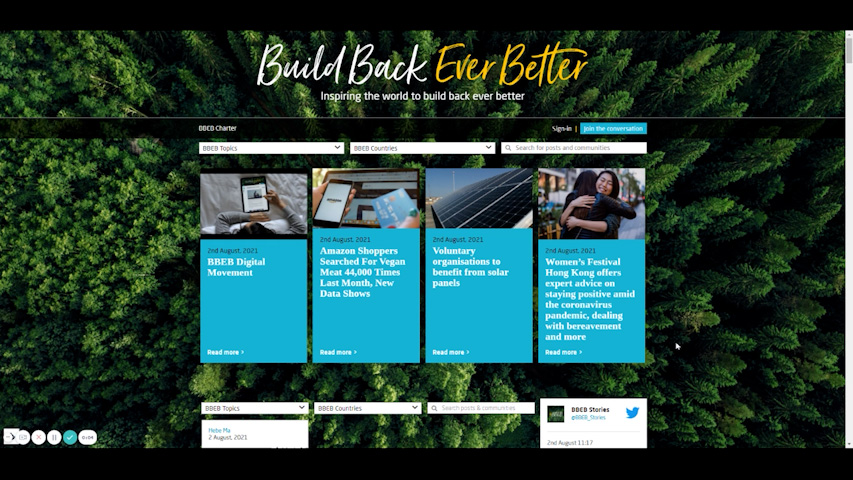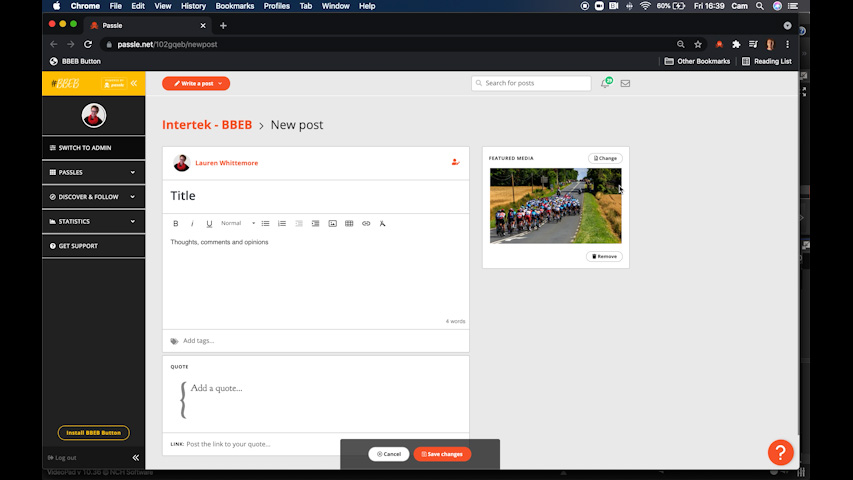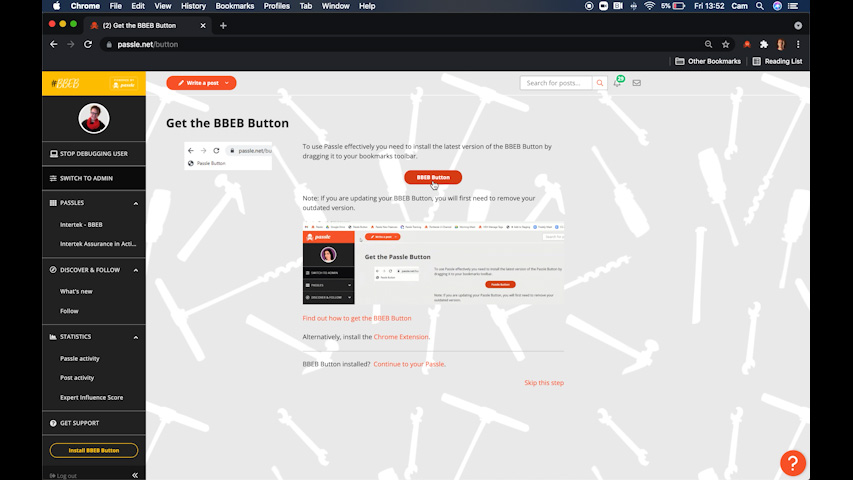Vodafone's collaboration with UK National Parks to harness AI for nature restoration is a compelling example of how technology can serve environmental conservation. By deploying real-time habitat mapping, biodiversity monitoring, and visitor impact analytics across all 15 UK National Parks, this initiative aims to enhance ecosystem protection and promote public engagement with nature.
The integration of AI into conservation efforts offers promising avenues for more efficient and effective environmental management. Real-time data can enable quicker responses to ecological changes, while visitor analytics can help balance human activity with habitat preservation.
However, the success of such technological interventions hinges on transparent data practices and ethical considerations. Ensuring that AI applications do not inadvertently harm the ecosystems they aim to protect is crucial. Moreover, involving local communities and stakeholders in the deployment of these technologies can foster trust and ensure that conservation efforts align with the needs and values of those most affected.
Overall, Vodafone's initiative represents a forward-thinking approach to conservation, leveraging technology to support and enhance the natural world. As we continue to explore the intersection of technology and environmental stewardship, such collaborations could serve as valuable models for sustainable innovation.
"The outstanding beauty of our National Parks is unquestionable, but their value goes far beyond that," said Catherine Mealing-Jones, CEO of Bannau Brycheiniog National Park and National Parks Partnerships Board Member. "They play a vital role in restoring nature, supporting climate adaptation and driving jobs. Created to soothe a nation post-war, they continue to act as a ‘natural health service' – supporting our wellbeing daily."
 unknownx500
unknownx500





/Passle/5e4a7839abdfeb03584d01f6/SearchServiceImages/2025-06-20-11-28-45-287-685545edb179ba487324ca3f.jpg)
/Passle/5e4a7839abdfeb03584d01f6/SearchServiceImages/2025-06-20-08-28-53-828-68551bc5d7632bc3696b0745.jpg)









